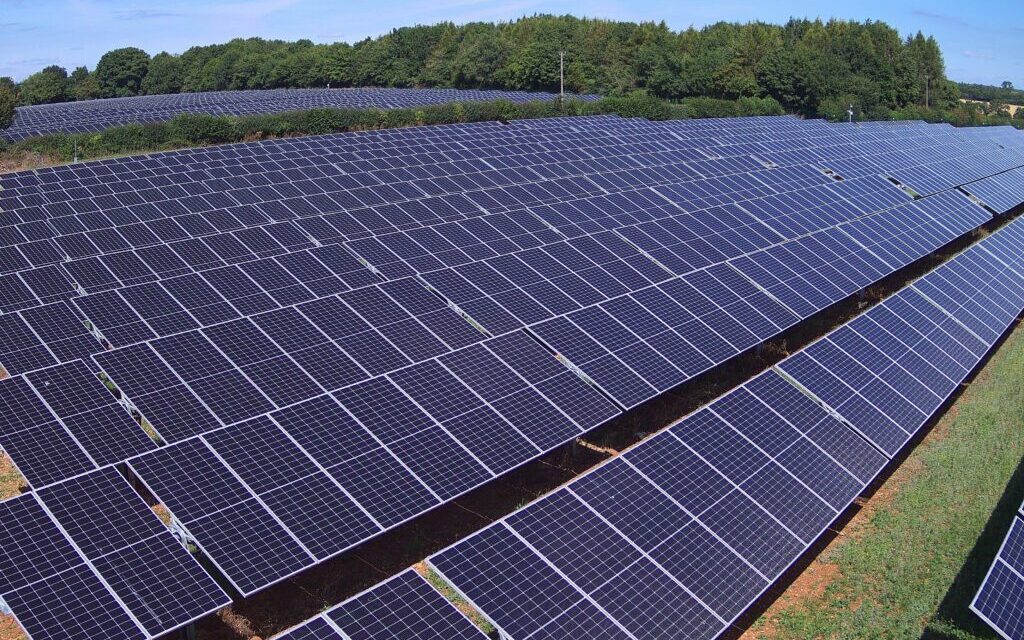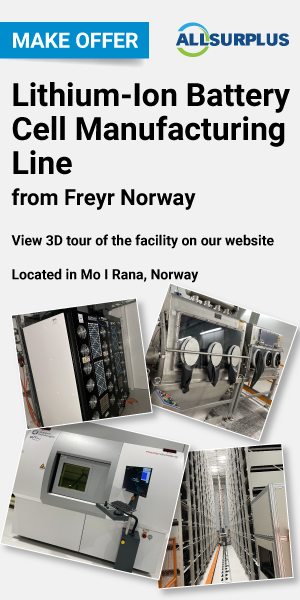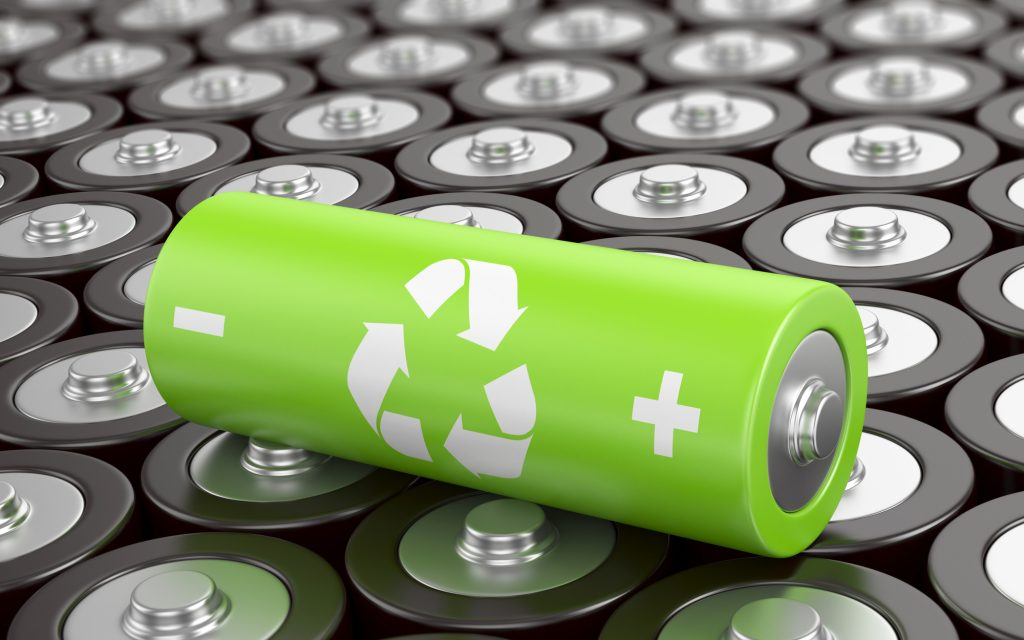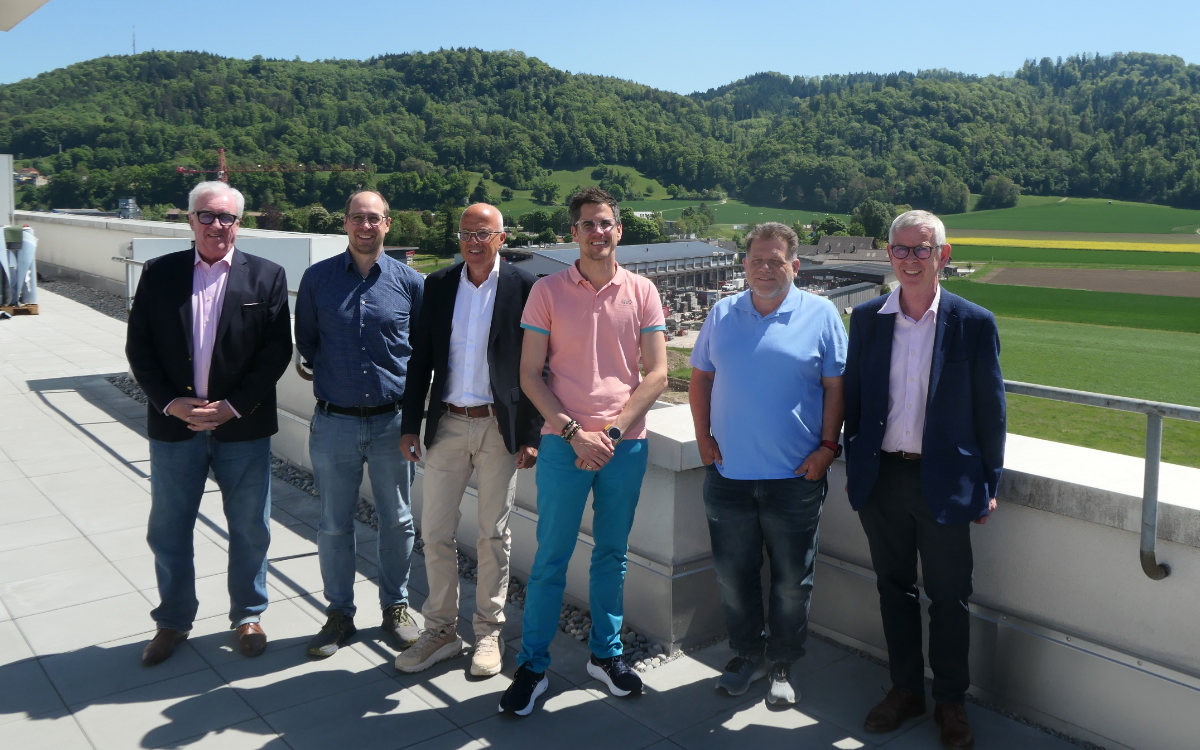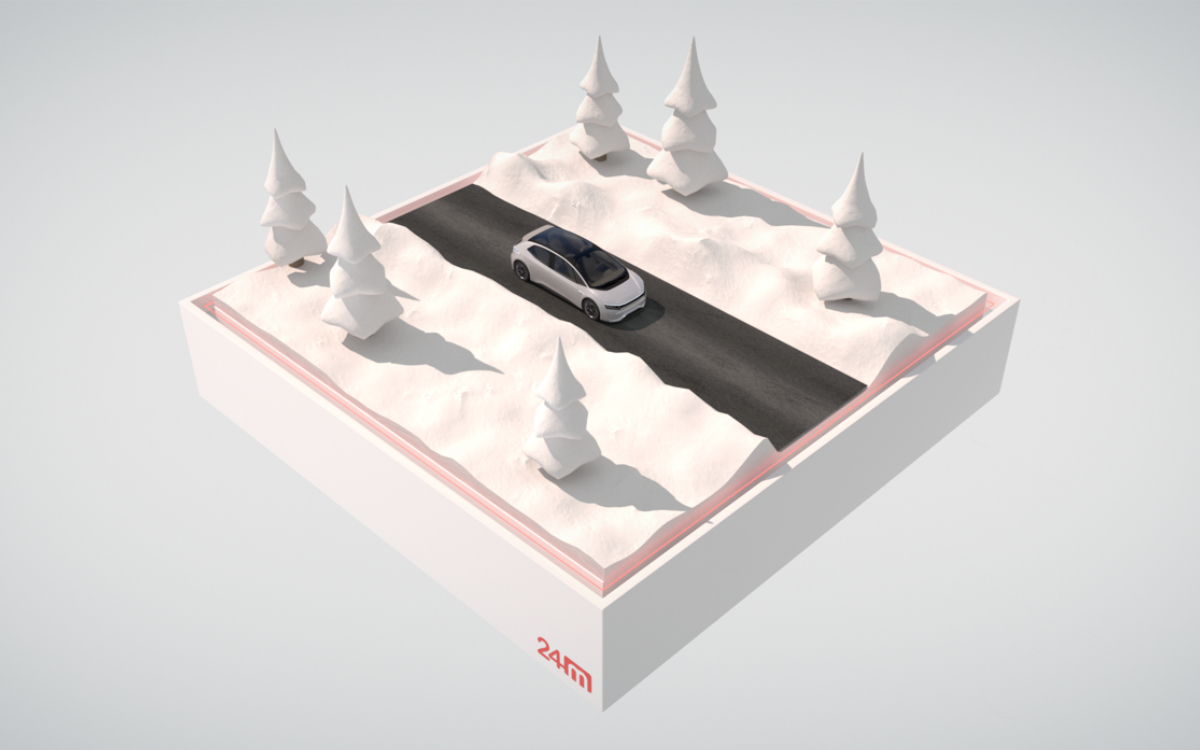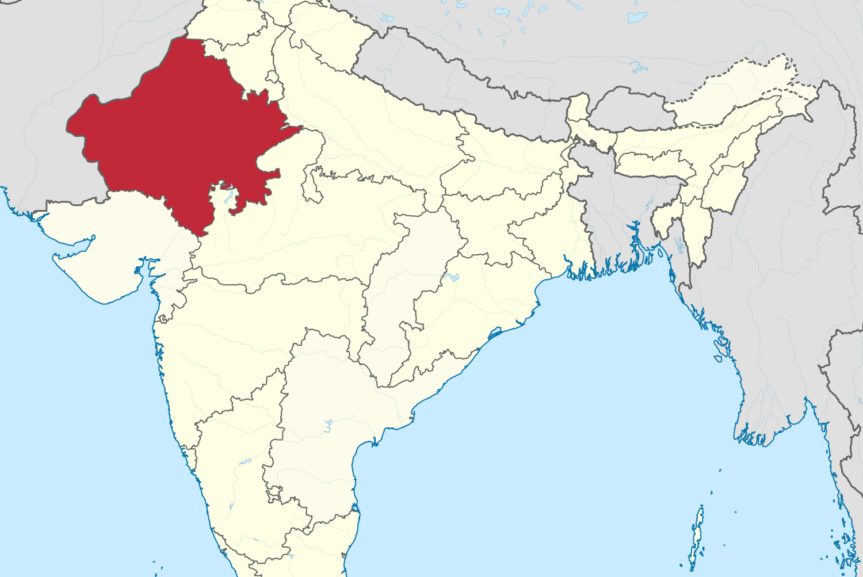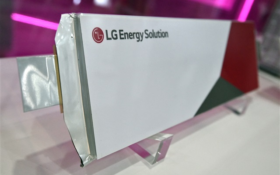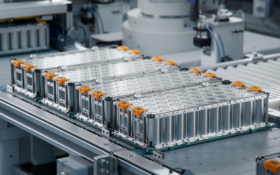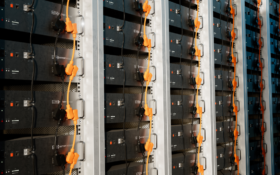Norwegian renewable power company Statkraft said it signed a second hybrid power purchase and battery optimisation agreement with Warrington Borough Council in England. It covers an 88-acre solar farm and battery storage site in Gloucestershire.
Cirencester Solar Farm, wholly owned by Warrington council, incorporates a 23MWp solar farm and a DC-coupled 10MW lithium-ion battery storage facility. Statkraft said it is the first large-scale DC-coupled solar and storage facility in the UK.
DC capacity is around 46.6MWh across around 240 battery racks. It is DC-coupled to around 43,000 bifacial solar PV panels on trackers.
This new deal means Statkraft now optimises five co-located renewable energy and battery sites across the UK and Ireland on behalf of its customers, including the York hybrid site, also owned by Warrington council, which was signed in June 2020.
Statkraft said this deal expands its optimisation capabilities covering co-located and hybrid sites, demonstrating its ability to cover all types of AC and DC-coupled configurations.
Company spokesperson Gary Connor said: “Our optimisation takes in a large volume of data inputs, including price forecasts, generation forecasts and real-time asset data, and continually evaluates thousands of combinations of different schedules of operation to determine the optimum dispatch profile of the storage.
“The optimisation continually re-evaluates this optimum schedule to take into account changing market conditions, and the uncertainties and limitations in use of the battery as a result of the DC-coupled solar generation. The optimisation also considers multiple markets and services, including hybrid strategies involving short-term wholesale energy markets, continuous intraday markets and ancillary services, such as dynamic containment. This ensures that the asset’s capacity is deployed across the most valuable markets, according to electricity system needs.”
The DC-coupled configuration at Cirencester is different to other sites in that it involves connecting the solar panels and battery cells behind a shared inverter, which converts the electricity directly to AC for export to the grid.

